We have been monitoring water vole populations in the National Park through a mixture of contract work and volunteer effort since 1999. As in other upland areas, the population fluctuates significantly, however the general trend appears to show a reduction in the range and spread of water voles across the National Park.
Through the Species Recovery Programme, funded by Natural England, we are now trialling a new method of water vole detection – a trained English Springer Spaniel named Reid! By surveying populations we can better understand and prioritise our conservation efforts to help boost numbers.
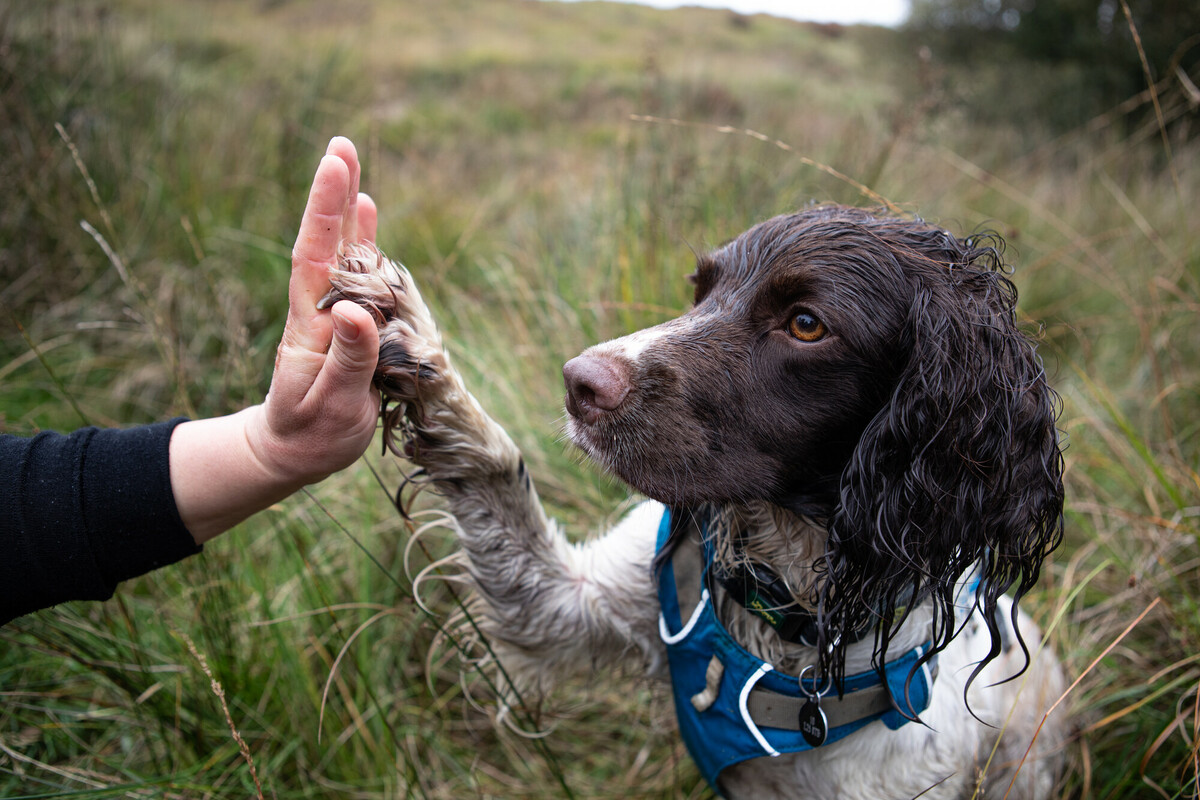
Reid was trained by Rachel Cripps, a conservation detection dog handler from RM Conservation, and became operational in 2021. He has boundless energy and will work all day without a second thought, tackling dense and difficult habitat with ease.
Both Reid and Rachel have been heading out across the National Park this autumn, targeting locations where water voles have not recently been recorded.
When surveying, it is important to identify habitats best suited to water voles - these are the banks of slow-moving rivers, ditches and lakes. They prefer banks with plenty of vegetation and a variety of different kinds of plants growing along the water’s edge.
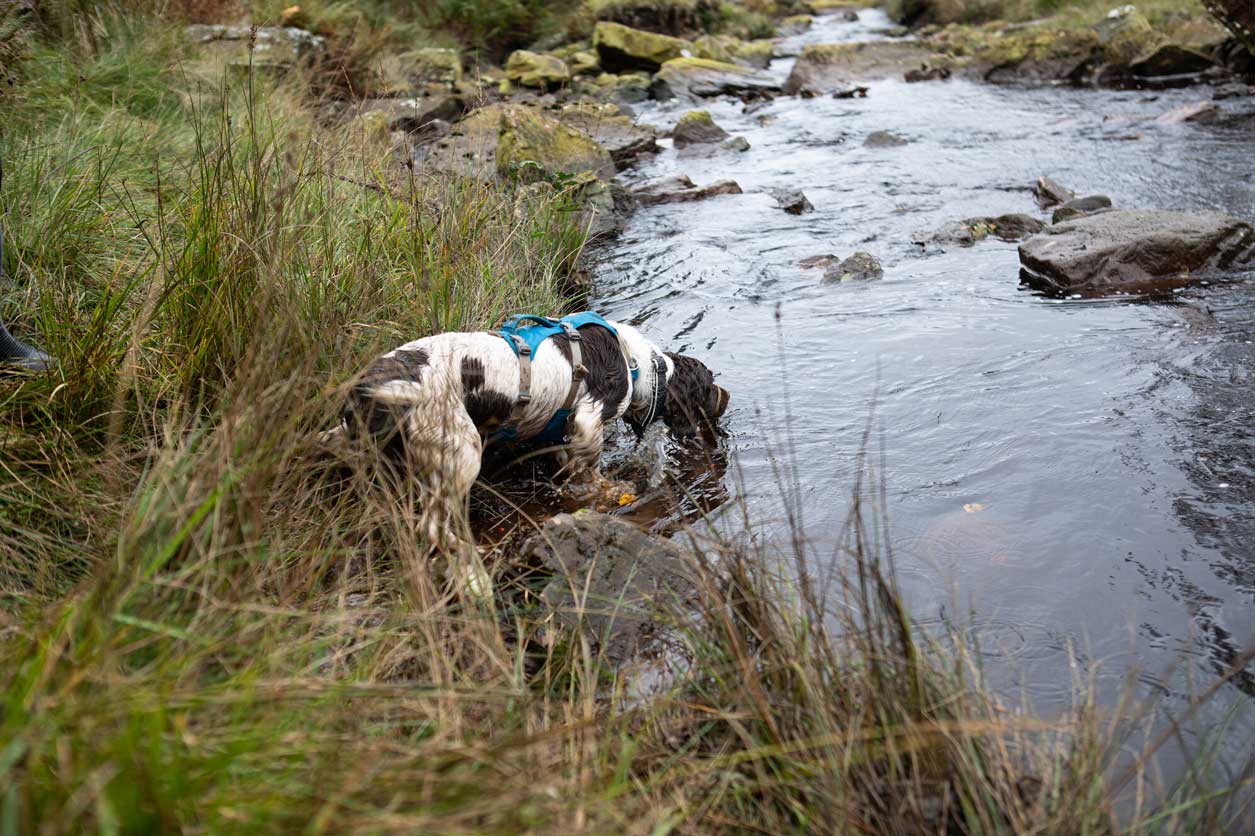
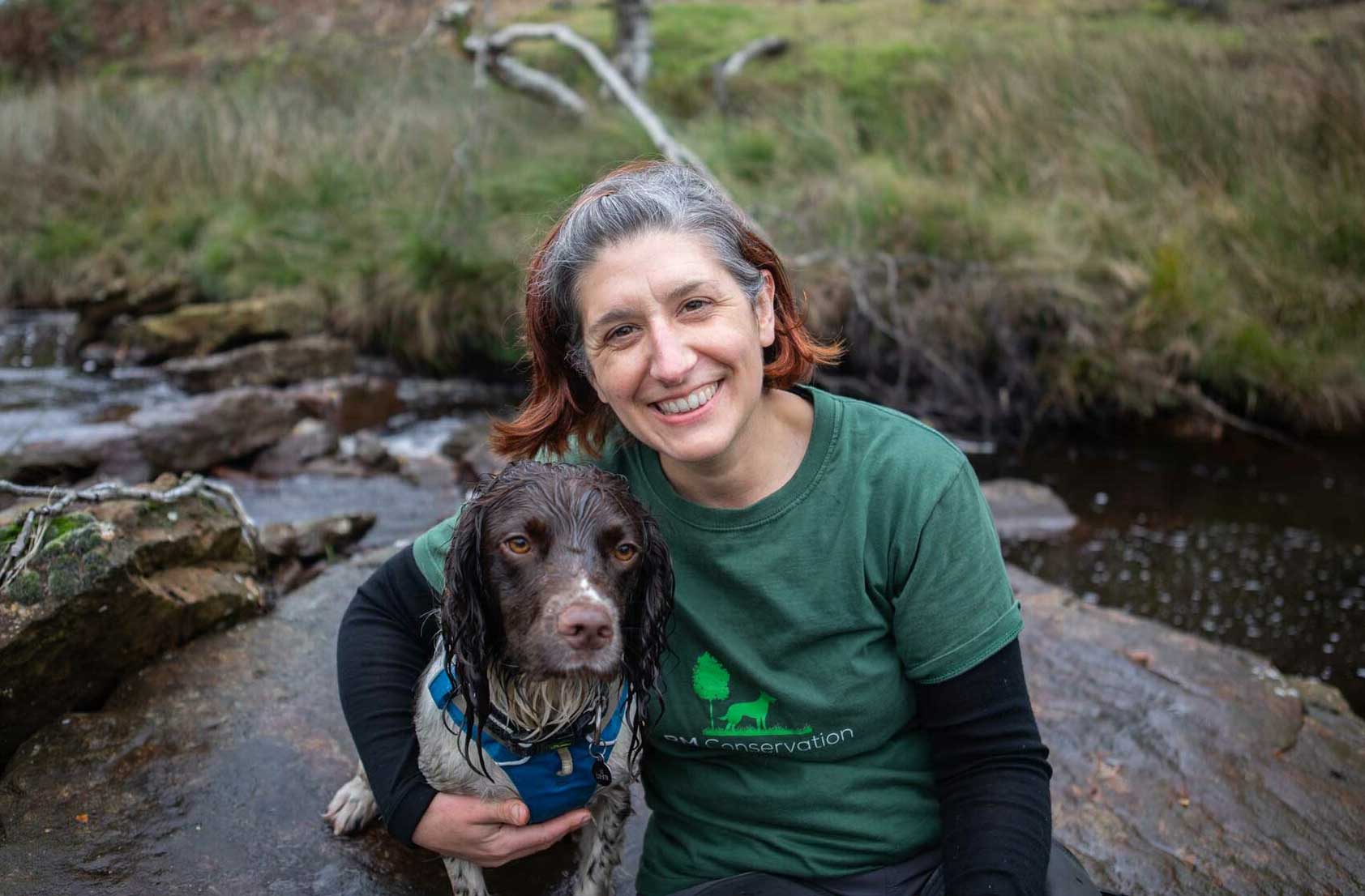
Detection dogs can be an extremely effective tool for finding evidence of water voles, especially in thick vegetation and hard-to-reach areas. They can also provide increased accuracy to surveys, covering areas with low density populations quickly. We look forward to reporting on Reid’s findings towards the end of the year.
Last year, 23 National Park sites were surveyed by our fantastic volunteers. This included some brand-new sites found by word of mouth, which is brilliant. Sadly, the results were somewhat disappointing, with only five sites having definite signs of water vole. The long dry summer may have had an impact, and some sites are becoming very overgrown.
On the plus side, there were no reports of mink at water vole sites. American mink will eat water vole, and the decline in water voles in the UK can be attributed, in part, to predation by mink.
If you have seen a water vole or mink this year and would like to report your sighting, please email conservation@ northyorkmoors.org.uk or upload your record.
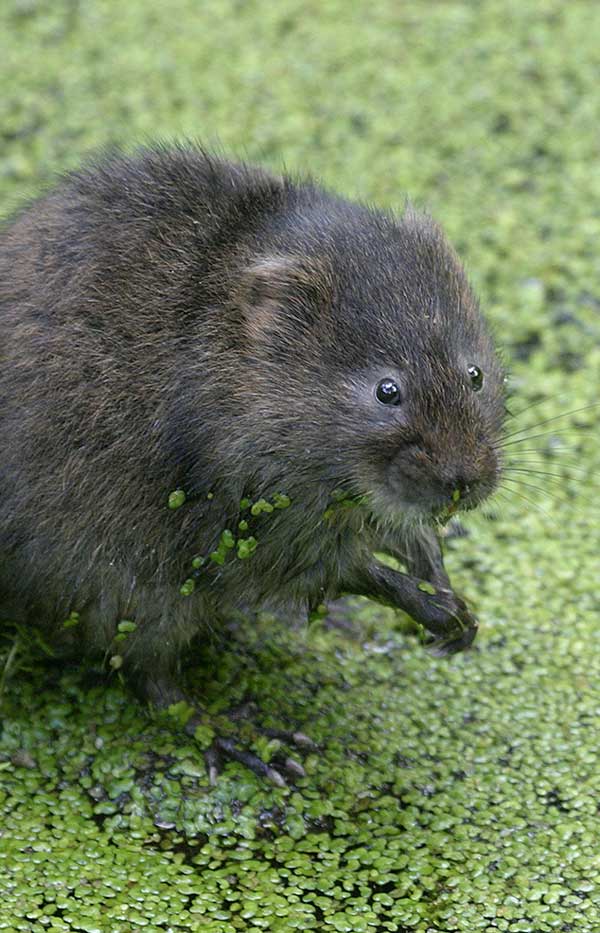
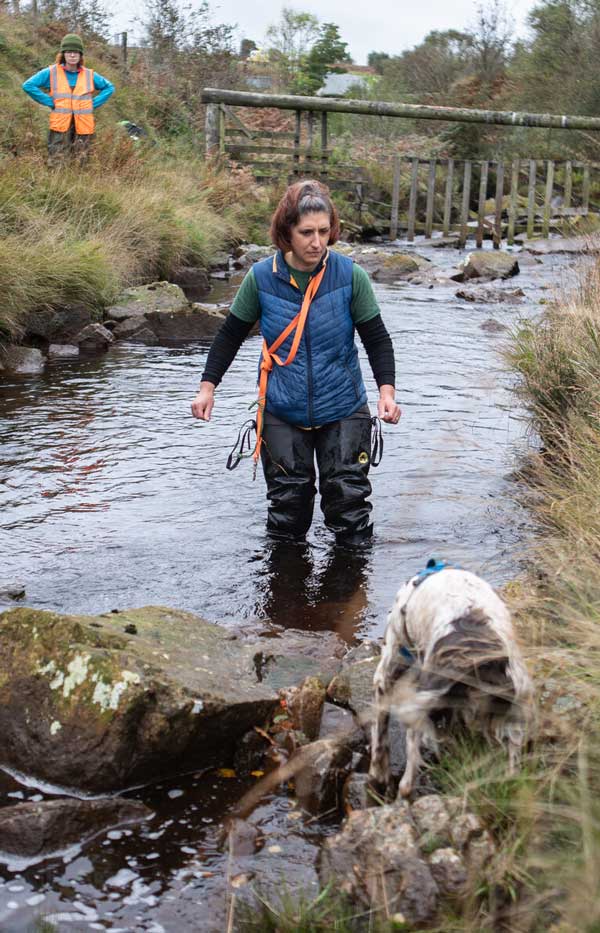
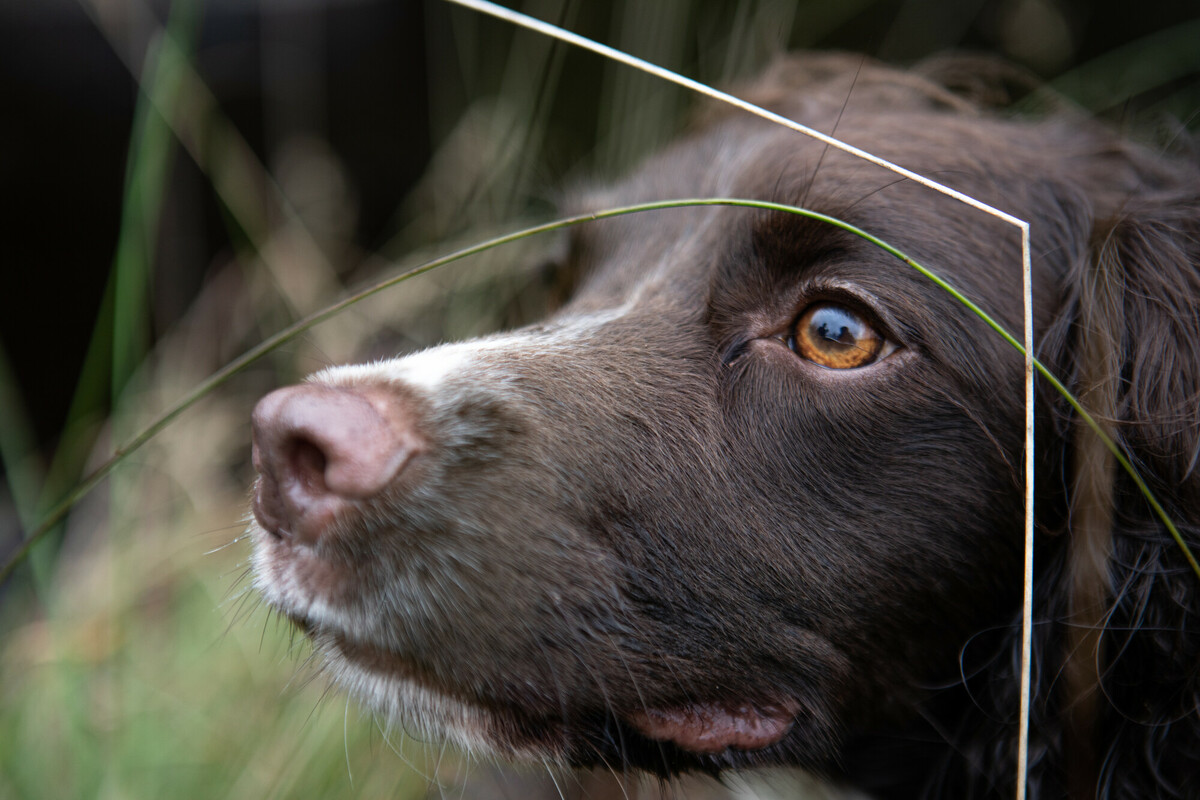
Management Plan
This projects supports the following management plan objectives:
Outcome 2: A nature rich, more biodiverse landscape
Objective 6: Create bigger, better and more joined-up habitats, with nature-rich wildlife corridors extending beyond the National Park boundaries.
